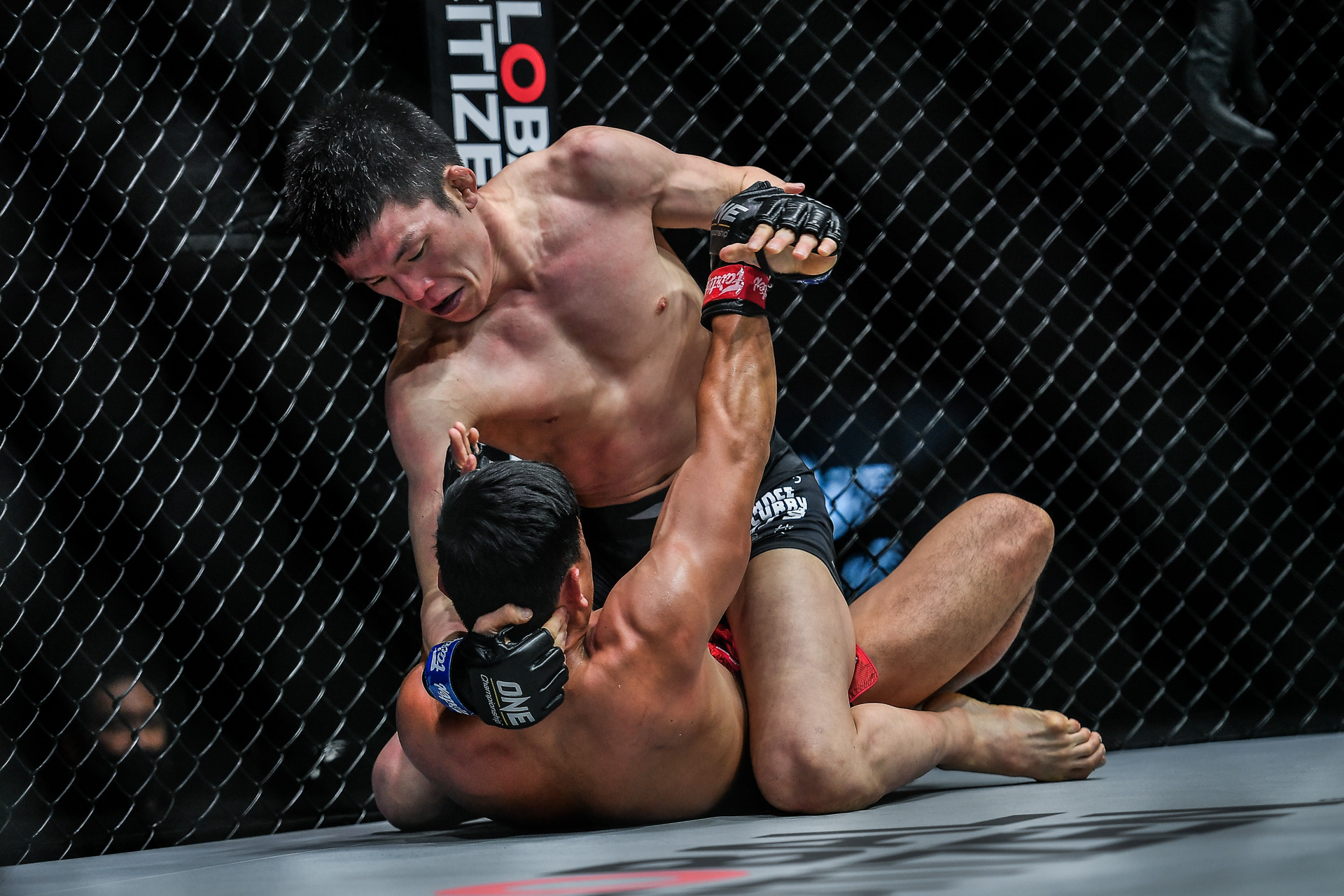The two most well-known competitive sports today are boxing and mixed martial arts. From the Mayweathers to the McGregors, both sports provide something unique and spark a lot of attention. MMA and boxing are so popular because they are both full of action. Gladiator-style fighting followed by drama-fueled trash-talking is undoubtedly among the most enjoyable sports for everyone to watch.
Each weekend, millions of viewers tune in to catch a peek at their favorite boxers. And there are several opportunities that every game lover like you can easily take. If you are one of them, then you can check Unibet Casino in PA.
Moreover, both sports have a reputation for brutality and have very distinct rules. Additionally, there are significant disparities across the many regulatory organizations and regulations in force. In this article, we’re going to discuss the differences between boxing and MMA.
Battle weapons
The first distinction between MMA and boxing that jumps out at you is their attire. They don’t wear the same outfits or equipment as the others.
Boxing Equipment
The boxing gloves, hand wraps, shorts, shoes, mouthpiece, and cup make up a professional boxer’s uniform. Boxers can alter and accessorize their attire to reflect both their individual styles and those of their sponsors. Amateurs must wear approved tank tops and typically protective headgear.
MMA Equipment
An MMA fighter’s equipment is a little different, including MMA gloves as well as a mouthpiece and cup-like object similar to those used in boxing. However, the shorts—which MMA/UFC competitors can wear a wider choice of representing the most significant distinction. They might dress in spandex, MMA, or Muay Thai shorts.
Different Dimensions of Combat
The fact that MMA and boxing are contested in separate dimensions has to be the largest distinction between them. both boxing and mixed martial arts
Dimensions of boxing
Striking: All punches to an opponent’s front torso from the beltline and upward are considered strikes in boxing. Your front fingers must be used for all legal punches.
Dimensions of MMA
Striking: MMA also uses striking, but in addition to knees, elbows, and kicks, it also uses punches. Every portion of your body, with the exception of the groin, the back of the head, and the spine, can be struck when you are standing.
Clinch: The clinch is the next level of combat in mixed martial arts. A clinch may be started by one or more fighters to set up blows, takedowns, or submissions.
The Ground: MMA competitors want to accomplish two goals while on the ground. Either exert control over a challenger to prepare a submission or deliver blows.
Fighting Zones
Boxing contests: In a ring, legal boxing matches take to happen. The typical ring size permitted by commissions ranges between 16 and 20 feet (4.9-6.1 Meters). The number of ropes varies depending on the commission, although there are typically 2 feet (.61 meters) of the ring between the ropes and the floor.
MMA Cage Combat: While an MMA bout may legitimately take place in a ring as well, most of them take place in cages. The cage shapes range from circles to octagons. The Octagon used by the UFC has a diameter of 30 feet (9.1 meters), a fence that is 6 feet (1.8 meters) high, and a platform that is 4 feet (1.2 meters) high.
Method of Round Differs
Boxing: Boxing matches typically go 4–12 rounds, each lasting 3 minutes, with a minute break in between. Championship matches last 12 rounds.
MMA: There is a 1-minute pause in between each of the 3-5, 5-minute rounds in MMA. Five-round fights make up championship contests or main events.
Rules That Differ
Boxing Rules: Boxing rules state that you may only strike your competitor above the beltline in the front of their body. Kicks, knees, elbows, biting, groin pokes, headbutts, and holding are all prohibited. A dropped combatant has until the count of ten to stand up, after which the fight ends.
MMA Rules: The body, head, and legs of the competitor are all targets for strikes under MMA regulations. Gouging the eye, hitting the crotch, the back of the head or the spine are all prohibited hits. A knocked-down opponent is not subject to knees or kicks in the UFC.
How to win?
Boxing: In order to prevail, you must either punch out your competitor or win on points. Three judges who scored the fight will total their scores to determine a decision if it goes to a third judge.
MMA: You can defeat an opponent in MMA by striking them out, submitting them, or getting a judge’s decision. Comparable to boxing, the judging system is.
Final Ideas
This essentially covers the main distinctions between MMA and boxing. Both are excellent sports with many exceptional athletes who give their best on fight night. However, it’s debatable which fighters are superior; a breakdown of this can come later.

